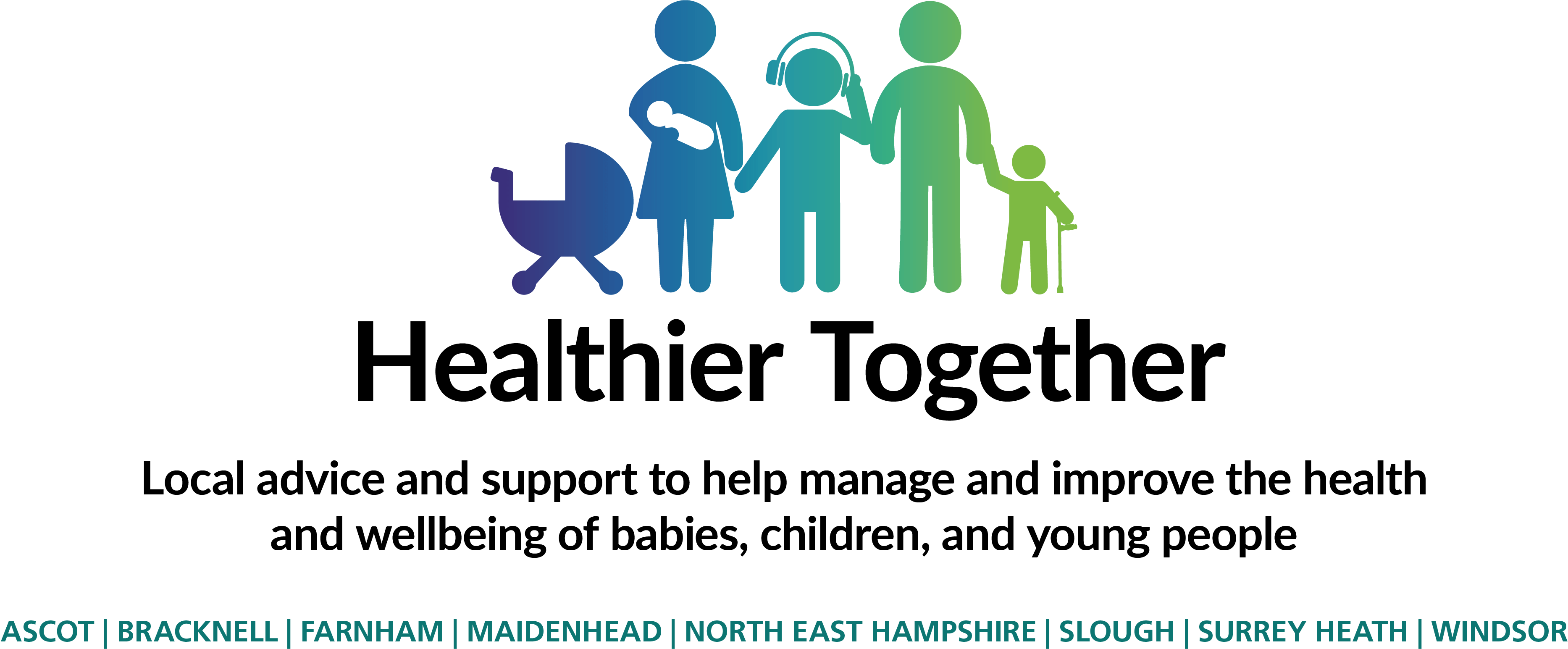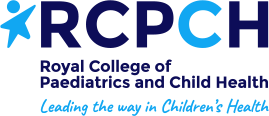Fits, seizures and convulsions generally mean the same thing.
Seeing a child or young person having a fit can be frightening. Most fits do not cause serious harm. Seizures can happen for many reason.
The commonest type of fit in children 6 months to 6 years is a febrile convulsion. This is a fit associated with a high temperature. This sort of fit tends to occur in younger children.
Fits sometimes occur without a fever (afebrile fit or seizure). If your child has had only one afebrile fit, it does not always mean they have epilepsy. Many children will never have another one. If this happens, your child must always be checked by a doctor.
First aid for a convulsive seizure:
A convulsive seizure is where the child is stiff or shaking. The information below can help you to focus when your child is having a seizure. It can help you to give first aid to keep them safe:
Do
- Stay calm
- Protect them from injury (remove harmful objects from nearby)
- Cushion or gently hold your child’s head to protect them from head injury
- Note the date and time the seizure started. If stiffness and jerking continues for 5 minutes or more you should call 999 for an ambulance
- Turn your child onto their side, into the recovery position (see below) as soon as you are able (as shown in Image 1). This can help with their breathing and help if they vomit or have other types of fluid in their mouth. Some noisy breathing and slight colour change is common
- If possible, try to video the seizure on a mobile phone as it can provide a lot of useful information to your child’s doctor or nurse. Video can help confirm the type of seizure which then helps decide which tests and treatment may be needed. Try to capture the whole child in the video, say out loud what you are seeing and show how they respond to you.
- Stay with your child until they are fully recovered
- Your child may be confused, drowsy or fall asleep after a seizure. Reassure them if they are confused, let them rest or sleep if they are drowsy, make sure you keep an eye on them until they are fully recovered
Do not
• Restrain or restrict your child’s movements
• Move your child unless they are in danger
• Put anything in their mouth
• Give your child anything to eat or drink until they have fully recovered
Call 999 for an ambulance if:
• The stiffness or jerking continues for 5 minutes or more
• One seizure follows another before your child has fully recovered
• Your child is injured, or you are worried about their breathing
Moving a child into the recovery position:

Fits associated with fever (febrile convulsion)
Febrile convulsions occurs in some children with a high temperature (fever).
Although it can be extremely scary the first time you see your child have one, most of the time they are not serious. Most occur with common illnesses such as ear infections, colds and other viral infections. Full recovery with no permanent damage is usual. The main treatment is aimed at the illness that caused the fever.
Who gets them?
● They occur in about 1 in 20 children, most commonly between 6 months and 6 years of age
● They often occur on the first day of an illness associated with fever. There appears to be no connection between how high a child’s fever is and whether they have a fit. They can occur even with mild fevers
● Most children will not have another fit during the same illness
● 1 in 3 children who have a febrile convulsion may go on to have further febrile convulsions in the future. This is more likely if other members of the family have had febrile convulsions.
● Febrile convulsions are not epilepsy. Regular treatment for prevention of future fits is usually not necessary. There is a small risk of your child developing epilepsy in the future and many parents worry about this, however, most children who have childhood simple febrile convulsions grow out of them and do not develop epilepsy
● If your child has had a previous febrile convulsion, has a clear cause for their fever, their seizure stops quickly and they are back to normal soon after, they may be cared for at home. The first time your child has a fit, you should go to your local Emergency Department or call an ambulance
● Once they have been examined, if a cause is found and your child is well, it may be appropriate that they are discharged to continue recovering at home
What should you do?
When the fit stops, you can give them Paracetamol or Ibuprofen. However, this might not stop them having another one. Always follow instructions on the container and do not exceed daily maximum doses
For more information on fever please see our fever page.
How long will the symptoms last?
In most cases, children with simple febrile convulsions appear dazed and their eyes may roll back. Their bodies may go stiff, their arms and legs may twitch or shake and they will become unresponsive for a few seconds.
It is unusual for the febrile convulsion to last for more than 5 minutes
Your child may be sleepy for a few minutes afterwards.
If your child has more than one fit, they will need to be seen by a healthcare professional to decide if they need to be investigated for possible epilepsy.
Fits not associated with fever (afebrile fits and seizures) or what else could it be?
If your child has had only one afebrile fit, it does not always mean they have epilepsy. Some children will never have another one. However, if your child has more than one fit, they will need to investigate for possible epilepsy.
Some babies between 3 and 12 months old can have short episodes that look like seizures but are not epilepsy.
These may include:
● Sudden jerks
● Stiffening of the body
● Shivering or shaking
● Eye-rolling
● Changes in breathing
Common Causes
● Breath-holding spells – Sometimes after crying, a baby may stop breathing
for a short time and go pale or blue.
● Myoclonic jerks – Quick, shock-like movements of the arms or legs, often
when falling asleep or waking up.
These episodes usually last only a few seconds, and your baby is alert and well afterwards. Always seek advice. Try to record the episode on your phone and show it to your GP or health visitor.
Older children can have events that look very similar to a seizure, but they are not; these include faints, tics, day dreams, sleep disorders and breath-holding attacks. It is important to see your GP for assessment.




